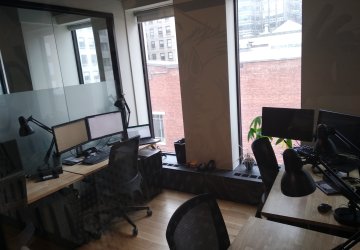This has a huge impact on the timely and accurate implementation of IFRS 16. In fact, without the correct data on property and lease contracts, a compliant and cost-efficient implementation of this standard is simply impossible. The answer lies in combining Integrated Workplace Management System (IWMS) software and IFRS 16 compliancy within one solution. Why? In this blog I will explain the main organisational benefits of this approach.
Clear overview of all contractual obligations
The main reason why organisations are interested in combining an IWMS solution with IFRS 16 compliance is centralisation. Companies want a clear overview of all their contractual obligations in one system to enable them to report according to the requirements of IFRS 16. After all, how can property and other business asset leases be added to the balance sheet as debt if it's not clear which contracts have been set up in which countries? And not only which contracts, but also with which parties, the contract duration and the level of the rents. Without complete data on all leases worldwide, it is almost impossible to comply with IFRS 16 in a timely and cost-efficient manner.
Accurate and up-to-date information
For organisations that already lease their property, the implementation of an IWMS system in combination with IFRS 16 is extra valuable. The more property leases, the greater the lease accounting impact, which significantly increases the urgency for correct accounting. In addition, a large number of leases leads to a dynamic property portfolio that you must fully justify through disclosures on financial statements. This is only possible with accurate and up-to-date information about your entire portfolio and current leasing contracts, such as contract duration and annual rent. This includes a periodic assessment of whether the use of options for extension or early termination is ‘reasonably certain’. Even without an actual change to the lease, ‘reasonable certainty’ affects the figures to be reported, and applies to both the leasing of property as well as business assets, such as cars, production equipment and office facilities.

